Fashion designer CV examples to help you build yours
Fashion designers can be jet-setting creatives that shape the future of fashion. How do you create the perfect resume that shows this to hiring managers?
Fashion designers can be jet-setting creatives that shape the future of fashion. How do you create the perfect resume that shows this to hiring managers?
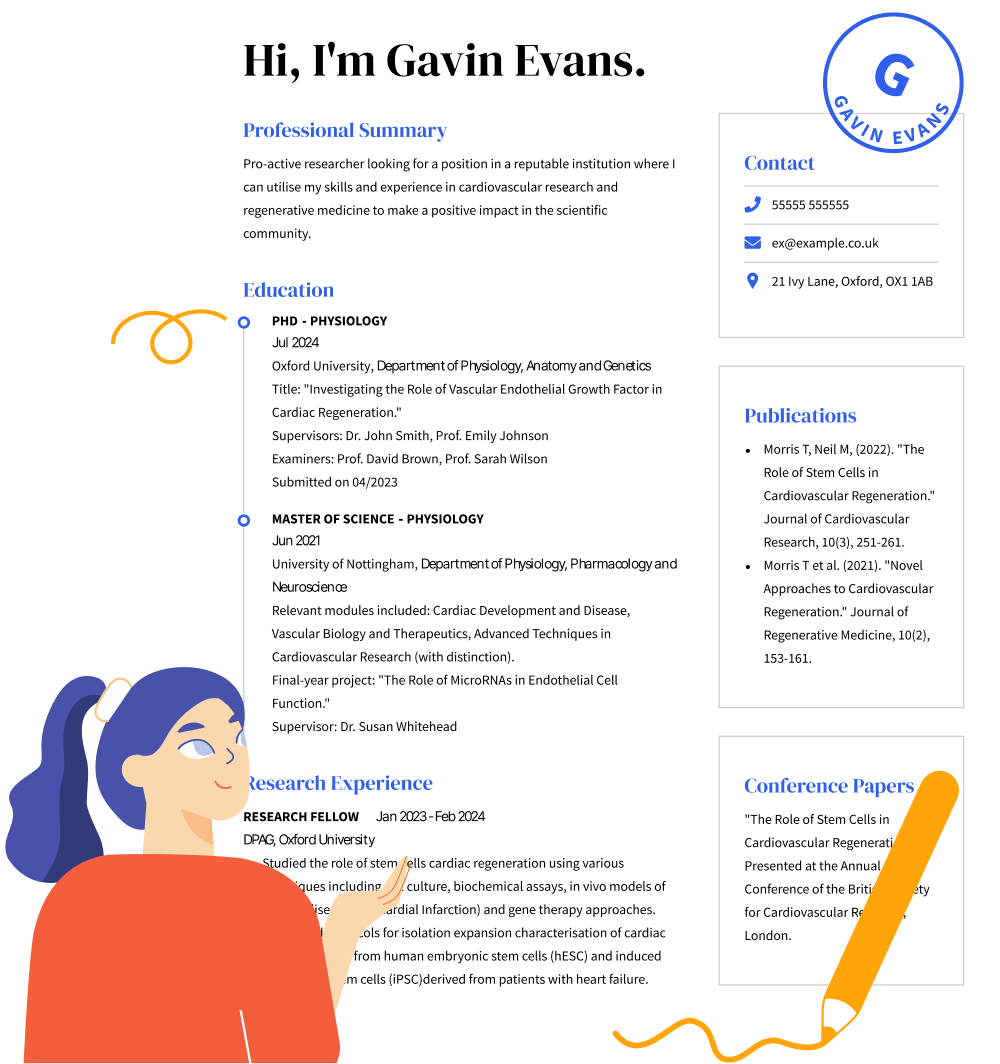
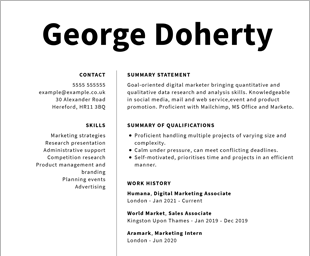
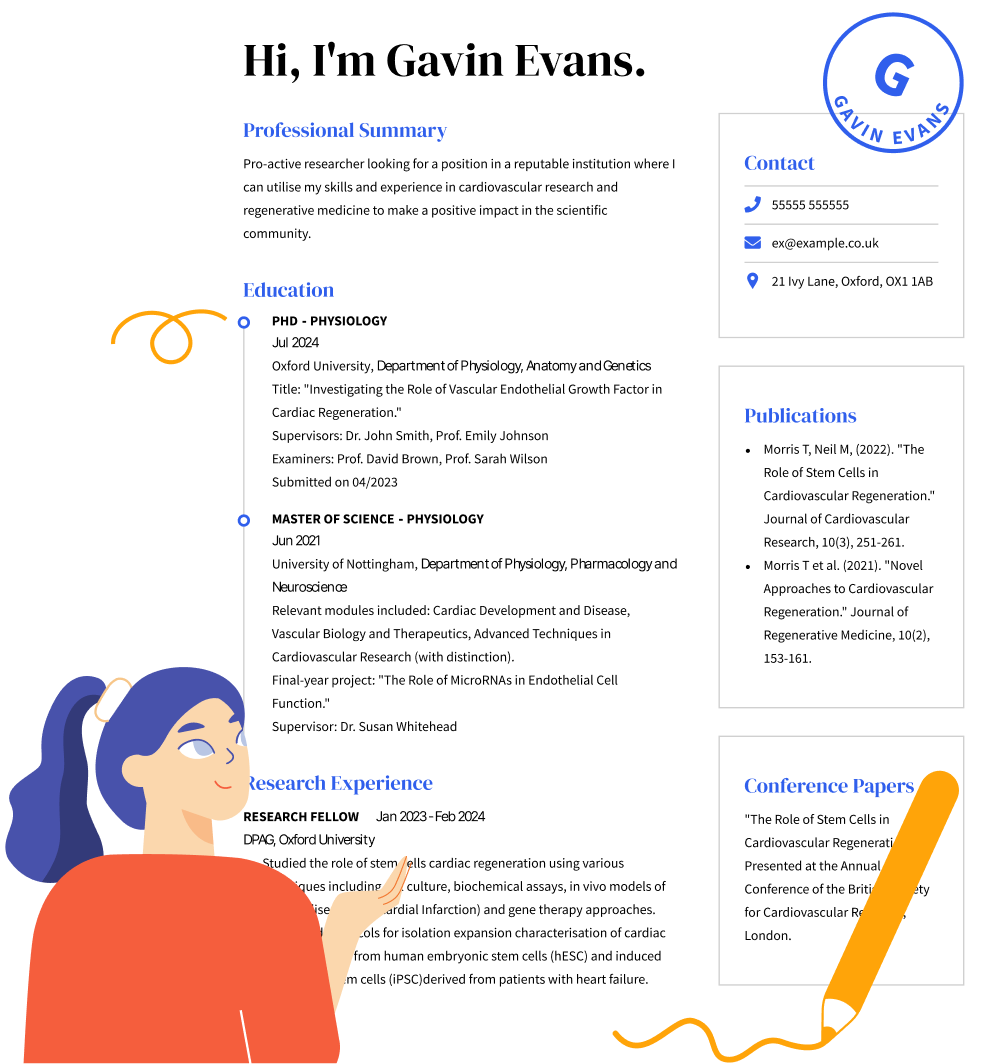
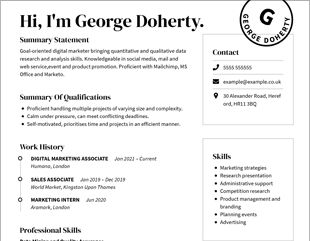
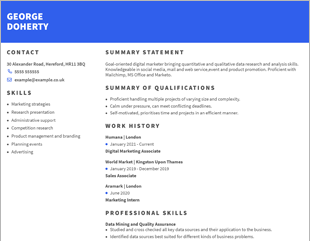
OUR USERS HAVE BEEN HIRED BY
Becoming a fashion designer isn’t easy and takes a lot of skill and creativity to be considered for a designer role. If you’re looking for a fashion designer role, you can rise above the competition by creating the perfect CV. To do this, your CV should show off your fashion skills, clothing line knowledge, creativity and qualifications.
The structure of your fashion designer CV largely depends on how much experience you have, your qualifications and whether you’re applying for a senior or entry-level role. Usually, your CV will contain sections dedicated to these subjects:
Depending on whether the job description and posting state that you need specialist experience, qualifications or skills, you may have sections that differ in length and importance.
Your CV header section is the first part of your CV and contains your key contact information. In this section, you should include:
You should also include links to professional networking sites like LinkedIn. This is a great way to show off how many industry contacts you have. Fashion designers may also have vast portfolios of original designs. You can include a link to any websites you have that showcase this to illustrate your creative and unique designs.
Including a professional summary or a career objective with your CV is an opportunity to summarise and spotlight your valuable qualities. But which one – a professional summary or a career objective – is right for you?
Both a professional summary and career objective should be structured as a two- to three-sentence summary, from 30-60 words, located at the top of your CV. They should be a brief overview and highlight of your skills and work experience that grabs the attention of your reader. Consider including specialist certifications and sustainability certifications such as Global Organic Textile Standard. You can also include brief explanations of any experience in fashion shows, product lines, technical design or other related experience.
For entry-level positions, consider creating a career objective rather than a professional summary. A career objective should be structured as described above, but also includes your goals and what you’re wanting to accomplish with your CV. Include any General Certificate of Education GCSEs or degree certificates.
The skills section of your CV is a chance to show the hiring manager or recruiter that you have the necessary capability to be a successful fashion designer and fulfil the job description. Depending on your CV format, your skills section may be the most important part.
Functional CVs are an example of skills-based CVs, whereas chronological CVs focus on the experience. Combination CVs are great for candidates with lots of work experience and relevant skills.
Your skills section should contain a good mix of both hard skills and soft skills. Hard skills are learnable skills specific to a fashion designer role, and soft skills are personality traits that are transferable to many different industries. If you’re struggling to think of the right terms to sum up your skills, you can use these bullet points to inspire your fashion designer skills section:
Fashion design is extremely competitive, and candidates will usually need lots of industry experience before they’re noticed for their designs. Therefore, the work experience section of your CV is very important for showing the hiring manager or recruiter that you know the fashion industry inside and out.
You can list your previous experience in reverse chronological order, starting from the most recent example. If you have many years of experience, try and stick to the last 10-15 years of examples. This ensures you only provide the hiring manager with the relevant information.
You can list your role in the design process in brief bullet points below each job title. In this section, you should also include the employer’s details like company name, location and the dates you started and finished each job.
The education section is an important part of a professional CV as you might need a bachelor’s degree in fashion design. Candidates can also have degrees in art, graphic design and other creative subjects.
You should list your degree title, university and the year you graduated. You can also include your college GPA in this section if you graduated with a 3.3 or higher within the past year.
Consider including a link to any items you designed as part of your coursework if they’re displayed online. This can show hiring managers how your education has contributed to your knowledge of fashion design.
Here are some dos and don’ts for a fashion designer CV:
A fashion designer is a professional who takes responsibility for designing and creating unique clothes. A stylist is someone who puts together separate pieces of clothing to make a whole outfit.
Cover letters are a great way to explain your enthusiasm for the role. You can use a cover letter to go into more detail about your skills and experience, explaining why you’re the ideal candidate for the role. You can use a cover letter example to help you create a cover letter in just minutes.
Here are the best CV writing tips for creating your fashion designer CV: Proofread. There should be no spelling, punctuation, or grammatical errors on your CV. Use short sentences so you don’t clutter your CV with irrelevant information. Don’t use overly complex language. Your language should be accessible to both hiring managers, recruiters and applicant tracking systems (ATS).
We personalize your experience.
We use cookies in our website to ensure we give you the best experience, get to know our users and deliver better marketing. For this purpose, we may share the information collected with third parties. By clicking “Allow cookies” you give us your consent to use all cookies. If you prefer to manage your cookies click on the “Manage cookies” link below.